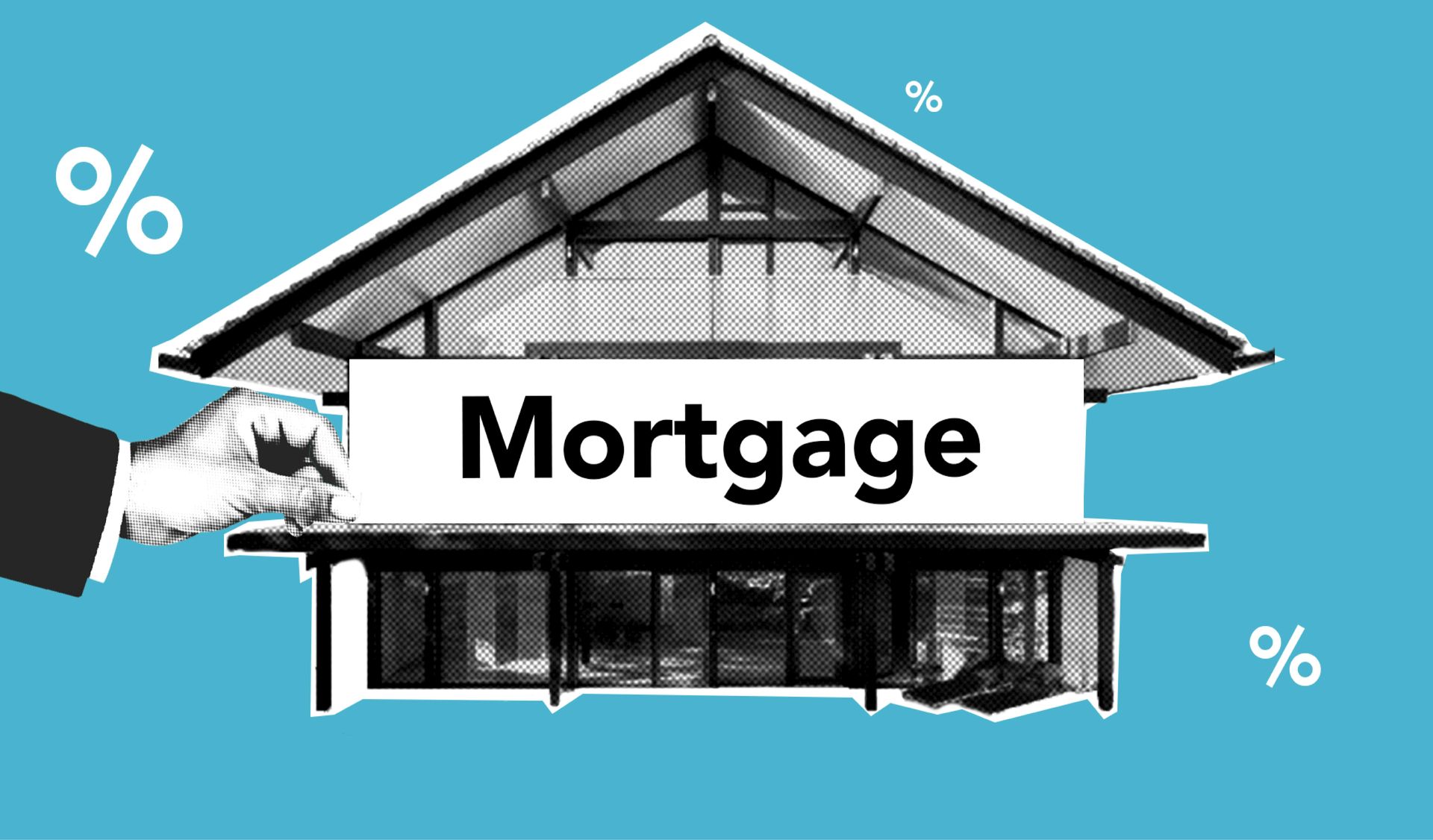What Is Risk-Based Pricing (And Why It Affects Your Interest Rate)
Why Your Financial Profile Impacts the Interest You Pay
When you're applying for a mortgage, you might notice that interest rates can vary quite a bit from person to person. While the type of loan program you choose definitely plays a role, one of the biggest—yet lesser-known—factors is risk.
Lenders use a method called risk-based pricing, which means they evaluate your overall financial picture and adjust your interest rate based on how risky they think the loan is. The higher the risk, the higher the rate.
What Are LLPA Adjustments?
As part of this process, lenders apply LLPA (Loan-Level Price Adjustment) fees, which are set by mortgage agencies like Fannie Mae and Freddie Mac. These adjustments are added based on specific risk factors tied to your loan.
Think of LLPAs as the tools used in risk-based pricing—the riskier your loan appears, the higher the adjustment (and usually, the higher your rate).
What Factors Affect Risk-Based Pricing?
Your interest rate is based on your unique financial profile, which includes things like:
- ✅ Credit Score
- 💰 Down Payment Amount / Loan-to-Value Ratio (LTV)
- 💳 Debt-to-Income Ratio (DTI)
- 🧾 Income & Employment History
- 🏠 Type of Property or Occupancy (e.g., primary home, rental, condo, etc.)
The stronger your overall financial profile, the lower your risk to the lender, and the better your rate is likely to be.
Example: How Risk Affects Your Rate
- Taylor has a 780-credit score, puts 20% down, and has steady income.
➝ Likely interest rate: 6.25% - Jordan has a 640-credit score, puts 5% down, and carries higher monthly debt.
➝ Likely interest rate: 7.75%
Even though it’s the same loan amount, the risk profiles are different—so the rates are, too.
That’s risk-based pricing in action.
Why Do Lenders Use Risk-Based Pricing?
It’s not about penalizing anyone—it’s about protecting lenders from potential losses while still allowing more people to qualify for loans.
By adjusting rates and fees based on risk, lenders can serve a wider range of borrowers while keeping the loan system stable and fair.
Ready to Get Started?
If you're considering buying a home or want to get pre-approved, I'm here to help. Let's discuss your goals, review your financing options, and create a plan that works for you.
Jesse Young
Neighborhood Loans
jyoung@neighborhoodloans.com
📞 817-939-1467 (Direct)











